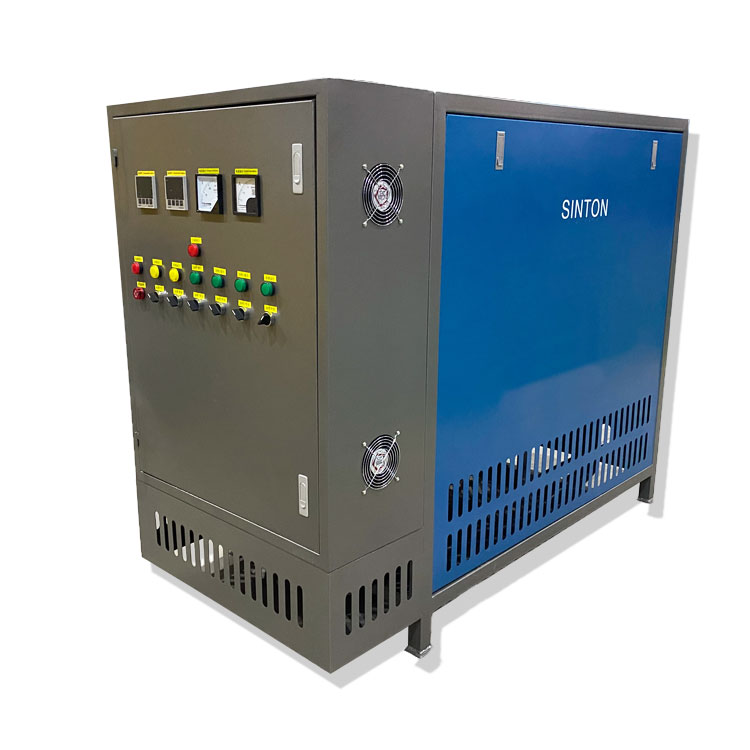WhatsApp: +86-185-5601-8866
Heating Equipment
News

2024-10-01
The heating capacity of an electric thermal fluid heater is a critical factor in its selection. It is usually expressed in British Thermal Units (BTUs) or kilowatts (kW). Understanding your specific heating requirements is essential to ensure that the heater can deliver sufficient thermal energy for your application. An undersized heater may lead to inadequate heating, resulting in process inefficiencies, while an oversized unit could lead to unnecessary energy consumption and increased operating costs. It is advisable to perform a thorough heat load calculation based on factors such as fluid flow rates, temperature differentials, and the specific thermal requirements of the process to select an appropriately sized unit.
The maximum operating temperature is another vital consideration. Electric thermal fluid heaters are designed to operate within specific temperature limits, which can significantly impact their performance and suitability for particular applications. High-temperature capabilities are often required in industries like chemical processing, food production, and plastics manufacturing. Ensuring that the heater can achieve and maintain the necessary temperature range without exceeding manufacturer specifications is crucial for maintaining process integrity and avoiding damage to equipment or materials.
Compatibility with thermal fluids is essential for the effective operation of electric thermal fluid heaters. Different fluids, such as thermal oils, water-glycol mixtures, or other heat transfer fluids, have unique properties, including viscosity, thermal conductivity, and chemical stability. It is vital to choose a heater that can operate efficiently with the selected thermal fluid, as mismatches can lead to performance issues, such as overheating, reduced efficiency, or even equipment failure. Consulting with manufacturers to verify compatibility and performance specifications with different thermal fluids is recommended.
The thermal efficiency of electric thermal fluid heaters is a crucial aspect that directly influences operational costs and environmental impact. High-efficiency heaters convert a significant portion of electrical energy into useful heat, minimizing energy waste and reducing utility costs. Efficiency ratings often exceed 90% for modern electric thermal fluid heaters. When selecting a heater, it’s important to compare efficiency ratings, as higher efficiency can lead to substantial long-term savings and contribute to sustainability goals. Considering features such as variable speed drives and advanced heat exchange technologies can further enhance overall efficiency.
Advanced control systems enhance the functionality and ease of operation of electric thermal fluid heaters. Look for heaters equipped with digital control interfaces that allow for precise temperature settings, monitoring, and adjustment. Features such as programmable logic controllers (PLCs), touchscreen displays, and remote monitoring capabilities can improve operational efficiency by allowing operators to optimize settings based on real-time conditions. Integration with building management systems (BMS) can provide centralized control and data logging, contributing to enhanced system performance and facilitating proactive maintenance.
Electric Thermal Oil Circulation Heater

Looking For Business Opportunity?
Request for a call today

WhatsApp: +86-185-5601-8866
Tel: +86-185-5601-8866
E-mail: [email protected]
Address: Sinton Building, No. 886 Yandu Road, Yandu District, Yancheng City, Jiangsu Province
Friendly Link: www.cn-lvdao.com www.sealing-china.com
Products
Message